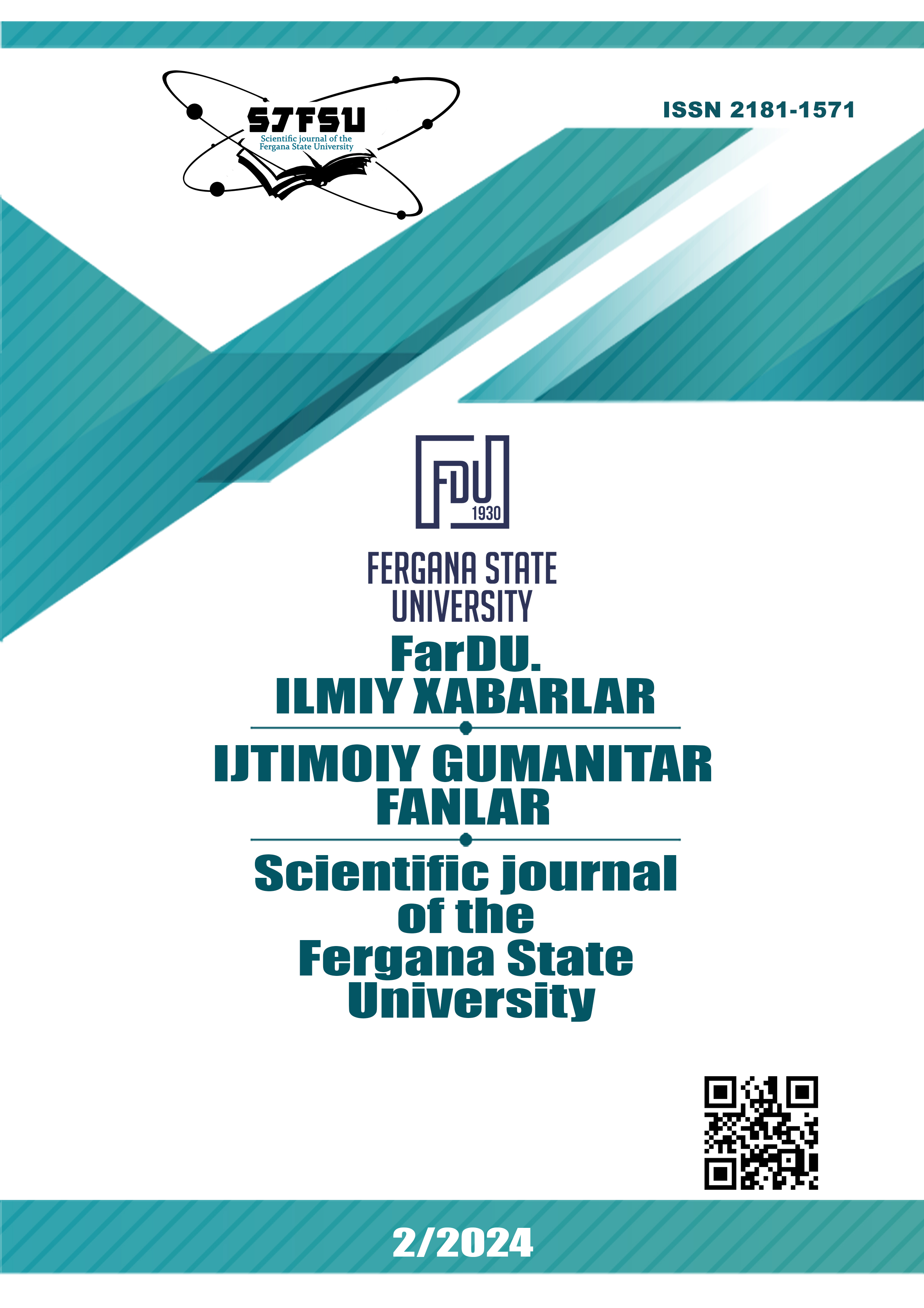EVALUATING THE IMPACT OF DIGITAL TOOLS IN CLASSROOMS AND ONLINE LEARNING PLATFORMS
Keywords:
digital tools, student engagement, participation, classroom, transformation, integration, learning style.Abstract
This article provides evidence to support the hypothesis that digital tools enhance student engagement and participation in the classroom. The findings highlight the benefits of integrating digital tools in education, including increased student engagement, active participation and personalized learning experiences. Nowadays, language teachers should know how confidently integrate a variety of digital tools into their lesson plans and maintain an effective learning environment there language class. It is of a great importance to get necessary knowledge to integrate these apps into the classroom as valuable tools to support each student learning style.
References
Dunlosky, J., Rawson, K.A., Marsh, E.J., Nathan, M.J., & Willingham, D.T. (2013). Improving Students' Learning With Effective Learning Techniques: Promising Directions From Cognitive and Educational Psychology. Psychological Science in the Public Interest, 14(1), 4–58.
Swan, K., Lee, J., Madanayake, N., & Van 't Hooft, M. (2017). Digital Tool Use in Online Learning: Comparisons and Challenges in Higher Education. Journal of Higher Education, 88(5), 779–805.
Tomlinson, C.A., & Imbeau, M.B. (2010). Leading and Managing a Differentiated Classroom. Alexandria, VA: ASCD.
West, R.E., Waddoups, G.L., & Graham, C.R. (2015). Understanding Student-Centered Learning in MOOCs. International Review of Research in Open and Distributed Learning, 16(3), 39–75.
Downloads
Published
Issue
Section
License
Copyright (c) 2024 Scientific journal of the Fergana State University

This work is licensed under a Creative Commons Attribution-NonCommercial-NoDerivatives 4.0 International License.
Most read articles by the same author(s)
- Abbasova Nargiza Kabilovna, Abdulkhakimova Mokhlaroy, PROMOTING ORAL COMMUNICATION THROUGH READING INTEGRATION , Scientific journal of the Fergana State University: No. 2 (2024): Scientific journal of the Fergana State University (Social humanities sciences)
- Abbasova Nargiza Kabilovna, Abduvaliyeva Mushtariybegim Ilxomjon qizi, WEATHER AND NATURAL PHENOMENA IN ENGLISH AND RUSSIAN PROVERBS: A STRUCTURAL ANALYSIS , Scientific journal of the Fergana State University: No. 2 (2025): FarDU ilmiy xabarlari jurnali (FILOLOGIYA)
- Abbasova Nargiza Kobilovna, Xakimova Zumradxon Qudratali qizi, SPEECH ACT AS AN IMPORTANT FUNCTION OF COMMUNICATION , Scientific journal of the Fergana State University: No. 6- TOM (2023): SPECIAL ISSUE
- Abbasova Nargiza Kabilovna, FORMATION OF FOREIGN-LANGUAGE COMMUNICATIVE COMPETENCES IN LANGUAGE LEARNERS USING ENGLISH PROVERBS AND SAYINGS , Scientific journal of the Fergana State University: No. 3 (2024): Scientific journal of the Fergana State University. Application set (Social humanities sciences)
- Abbasova Nargiza Kabilovna, Shikina Anastasiya Aleksandrovna, INTEGRATING AI INTO ESP COURSE TO IMPROVE LANGUAGE LEARNING THROUGH SMART AND EFFECTIVE STRATEGIES , Scientific journal of the Fergana State University: No. 2 (2025): FarDU ilmiy xabarlari jurnali (FILOLOGIYA)

